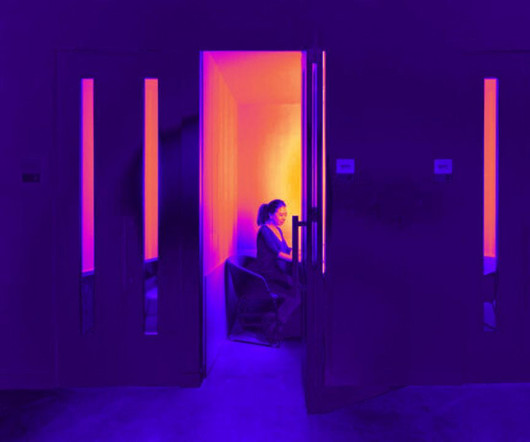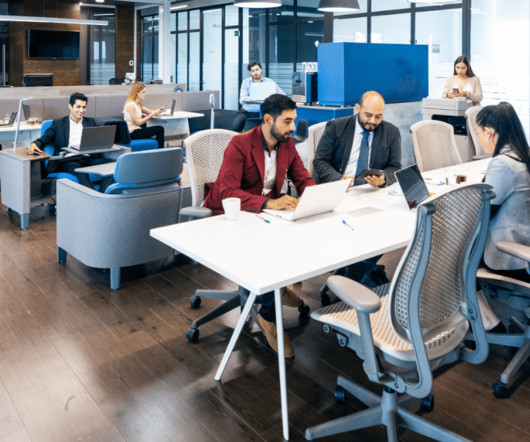How To Design Offices That Inspire Hyper-Focus And Innovation
All Work
SEPTEMBER 10, 2024
Traditional offices were designed as a compromise for broad needs, but are now evolving into specialized spaces catering to either hyper-focus or hyper-collaboration, driven by societal shifts and technological advances. Take the cubicle, introduced in the mid-20th century.















Let's personalize your content